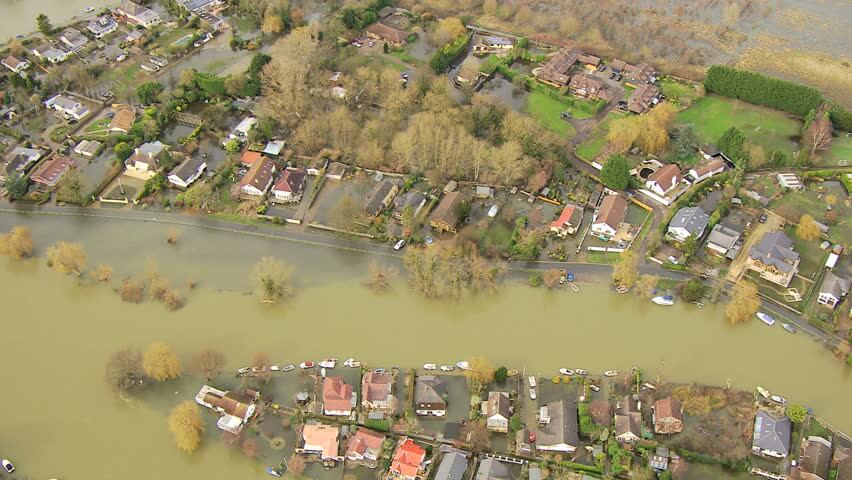Throughout the year, many people will be away from their properties for significant lengths of time. Although this often can’t be helped, it can leave a property of any nature, including your home, vulnerable to various potential sources of damages. One of the most common and most damaging sources of damage for all properties is water damage, which may be caused by internal or external faults of a building as well as natural flooding.
Water leaks and flooding can cause irreversibly costly damage, resulting in owners having to wait an average of nine months before their properties are safe to return to.

Protecting your Property from Internal Leaks
Although natural flooding may seem the most obvious cause of water damage, there are other internal factors that can cause such damage to properties. Some of the most common sources of damaging water leakage to look out for are:
- Showers and baths
- Washing machines
- Sinks
- Water heaters
- Toilets
- Dishwashers
No matter the size and scale of a leak, an initially small leak can get worse, causing many thousands of pounds worth of damage and so precautionary measures should be taken wherever possible.
Check your showers and baths – checking the caulking (sealant used in bathrooms) lining your shower(s) and bathtub(s) is watertight. If cracked, caulking can be replaced at little cost, and can prevent water leakages causing further damages within a property.
Check sinks and shower hoses regularly – regularly checking taps, shower hoses and other connections to water-reliant appliances such as your washing machine and dishwasher significantly increases the likelihood of identifying and further replacing damaged plumbing, further preventing water leaks that can cause damage within properties.
Know your water mains – knowing the whereabouts of your water main means that if a pipe were to suddenly burst the water can be shut off as soon as possible, preventing further water damage to the property.
Floor pans – Installing floor pans underneath appliances that require plumbing can prevent damage to a property from slow-building, undetected leaks. Although these are great for small water leaks, they will not prevent damage caused by larger leaks due to underlying plumbing issues.
Flood risk assessments – These assessments are undertaken for properties and areas which may be at greater risk of flooding, for example on the bank of a large river, or if situated in particularly low-lying land
Leak water alarm – these alarms trigger when water is detected in specific areas of a property. Installing alarms will help to prevent water damage by creating a faster detection of and response to water leaks.
Protecting your Property from Flooding
Natural flooding is an issue that affects many properties across the UK, often causing severe damage to a building’s structure and the valuables it houses (sentimental, costly etc.) As well as protecting your property from internal water leaks, it is vital to ensure the correct safety measures are in place to prevent as much water damage as possible in the event of a natural flood and make sure you have a valid buildings insurance policy that will cover any flood or water damage to your property.

Although it is impossible to completely flood-proof your property, there are numerous steps suggested by The Environment Agency that can be taken to reduce the amount of damage caused by natural flooding:
- Raised electrical sockets – by raising all electrical plug sockets, wiring and fuse boxes within a property to a minimum of 1.5m above floor level, you can significantly reduce the chances of flood water coming into contact with reactant materials, minimising the damage done to a property
- Water-resistant materials – by using water-resistant materials such as stainless steel, solid wood and plastic in kitchens and bathrooms, you can reduce the amount of flood water from entering your property
- Place valuables on high shelves – by placing valuables in high areas of your property, such as shelves or on higher floors, you can reduce the chances of flood water reaching them
- Raised electrics – as well as raising the electrical sockets, raising electrical items, such as TVs, stereos and game consoles, in the property to a minimum of 1.5m above floor level can reduce the chances of them coming into contact with flood water
- Sandbags – although only typically applicable when flooding is imminent, a combination of sandbags and plastic sheeting can be used to reduce the amount of water entering a property during times of excessive rainfall and flooding. This prevention method also helps to stop mud and silt from leaking into a property through such entry points as open windows and ventilation bricks
The post Protecting Your Property from Water Damage appeared first on RJ Acoustics.



